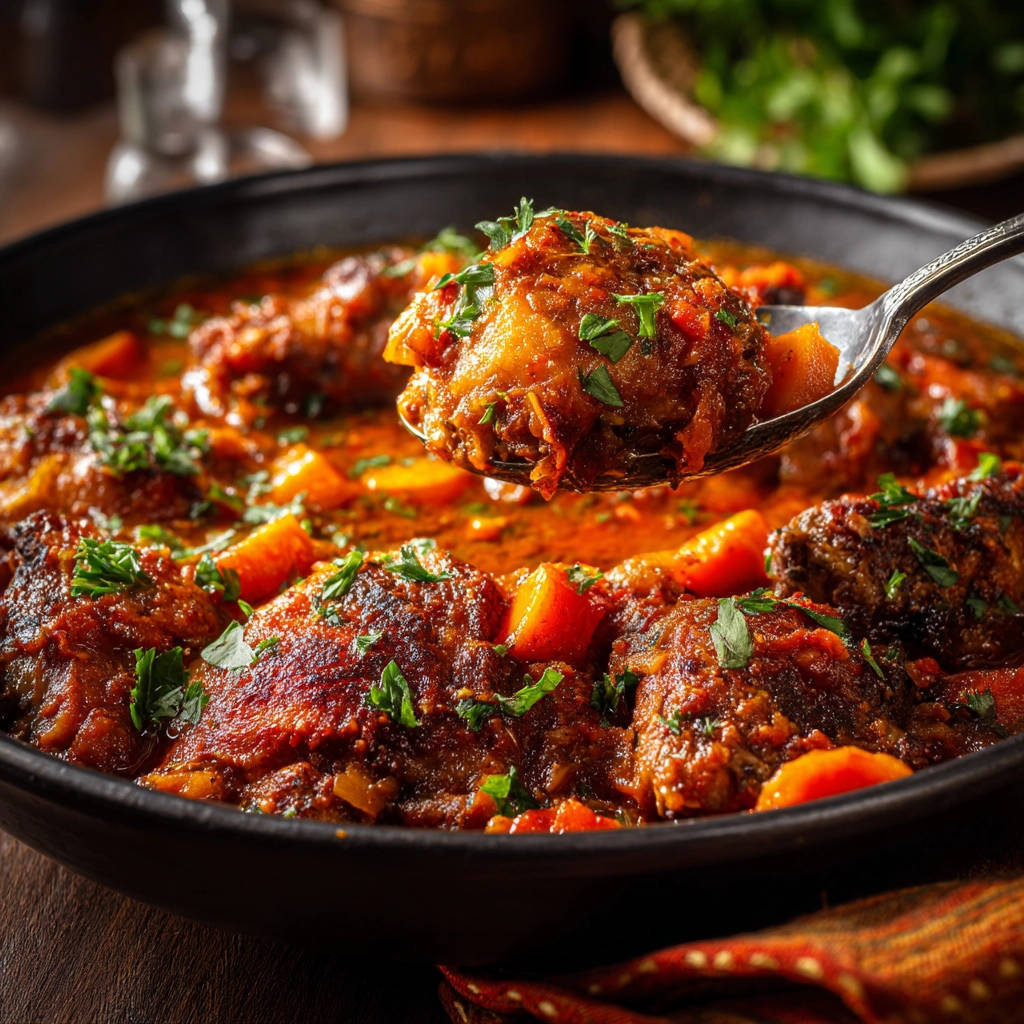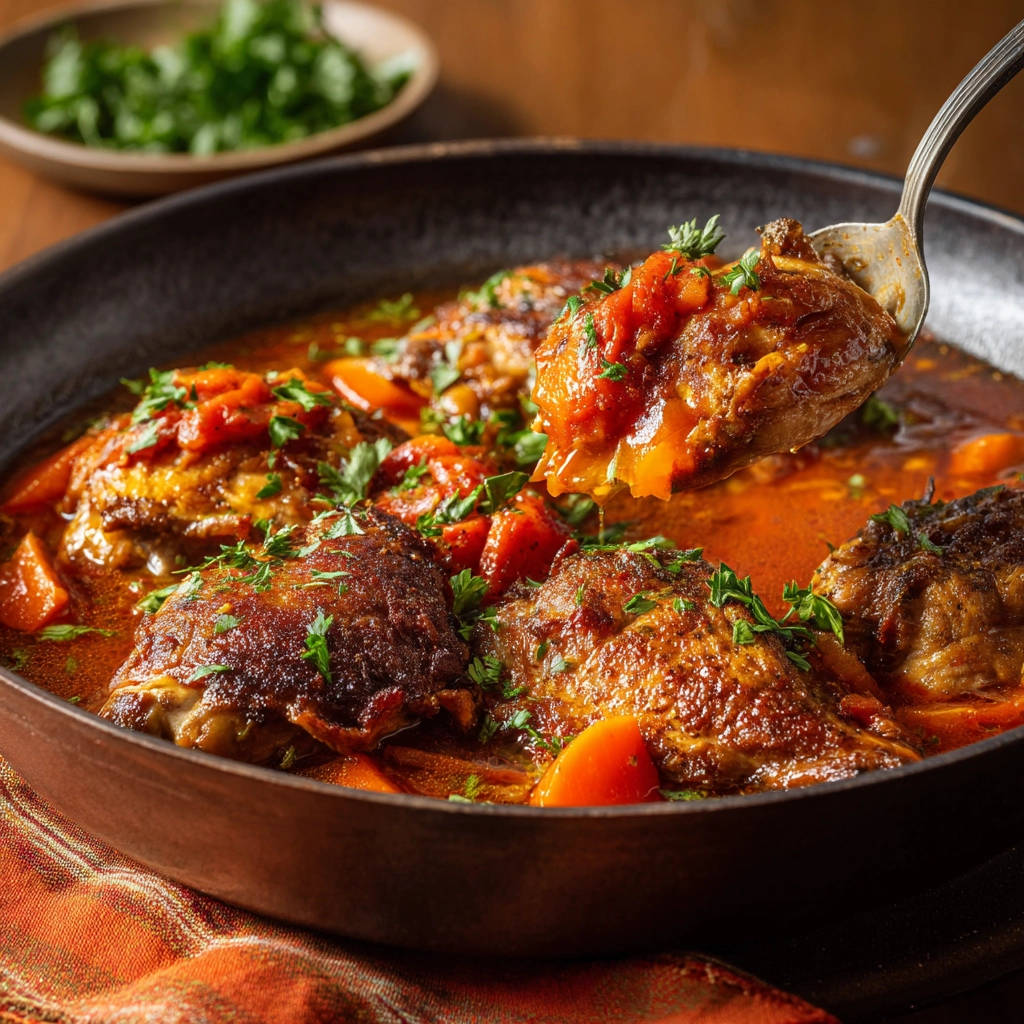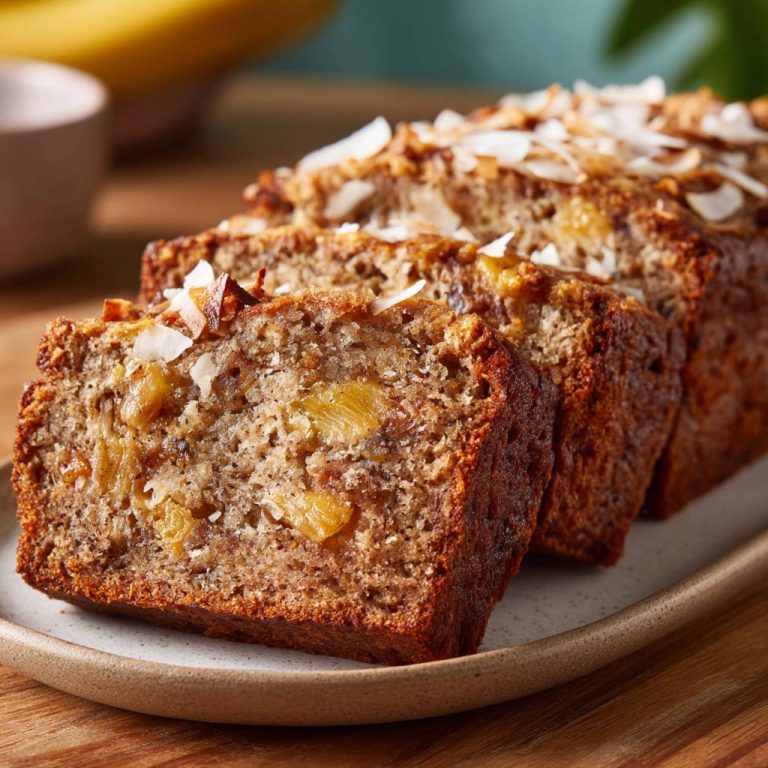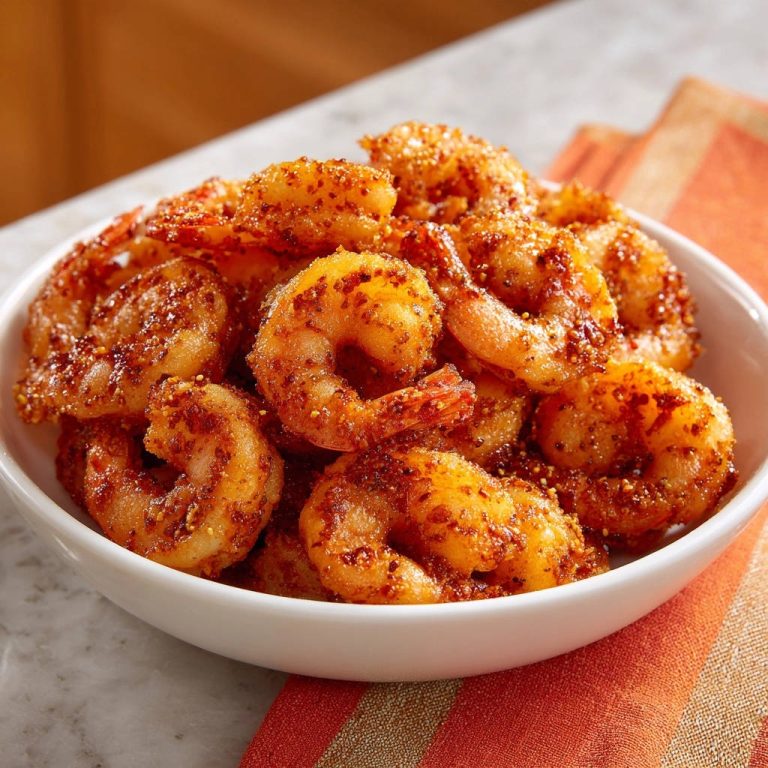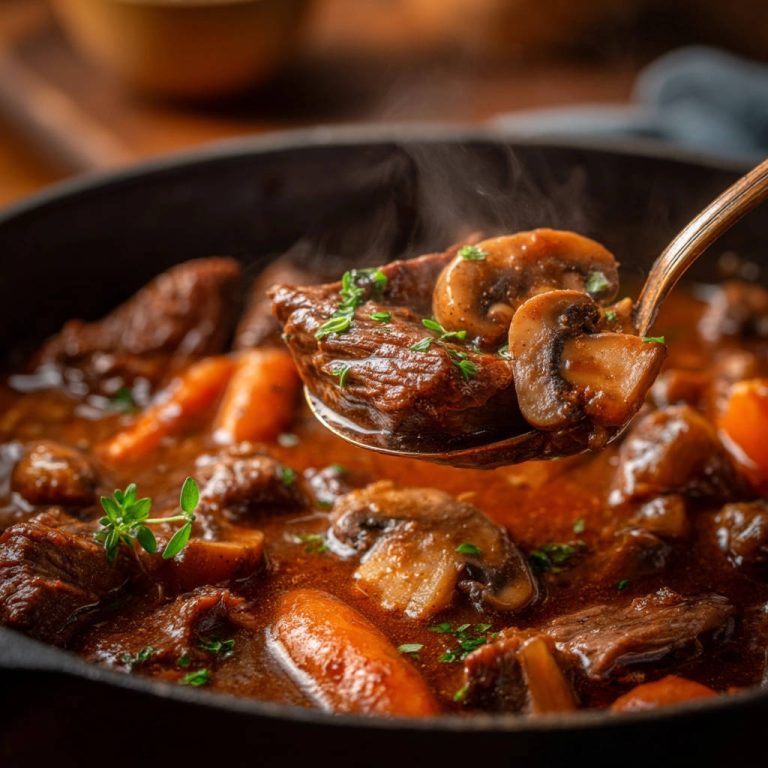Who hasn’t faced the disappointment of chewy, tough meat after simmering a stew for hours? It’s a common kitchen frustration! For years, I experimented, tweaking cook times and techniques, searching for that perfect, melt-in-your-mouth texture that defines truly great comfort food. I finally unlocked the secret, and this Slow-Cooked Comfort Stew recipe is the result. It’s my absolute go-to whenever I crave deeply flavorful, guaranteed fall-apart tender beef, simmered in a rich, savory broth with simple, wholesome vegetables.
This isn’t just any beef stew; it’s a culinary hug in a bowl. The magic lies in the low and slow cooking process, transforming humble ingredients into something truly spectacular. Whether you’re looking for a hearty meal on a chilly evening or a satisfying Sunday dinner, this Slow-Cooked Comfort Stew promises warmth, flavor, and that sought-after tenderness.
Why You’ll Absolutely Love This Comfort Stew
There are countless reasons why this beef stew has earned a permanent spot in my recipe rotation and why I think you’ll adore it too. It’s more than just a meal; it’s an experience of homey goodness.
- Guaranteed Fall-Apart Tender Beef: This is the star! We focus on the technique that ensures every piece of beef is incredibly soft and succulent, requiring no more than a fork to pull apart. Say goodbye to chewy stew meat forever!
- Deep, Rich Flavor: Thanks to proper searing and building layers of flavor with aromatics and spices, the broth develops a complex, savory profile that is intensely satisfying.
- Simple, Wholesome Ingredients: You won’t find a long list of fancy items here. This Slow-Cooked Comfort Stew relies on readily available ingredients that come together to create something greater than the sum of its parts.
- Effortless Once Simmering: While there’s a bit of upfront prep, the vast majority of the cooking time is hands-off simmering on the stovetop, leaving you free to do other things.
- Perfect for Meal Prep & Freezing: Stews often taste even better the next day as the flavors meld. This recipe is fantastic for making ahead and freezes beautifully for quick, comforting meals later.
- A True Comfort Food Classic: Few dishes evoke the feeling of warmth and security quite like a steaming bowl of beef stew. This recipe delivers on that promise, making it ideal for cozy nights in.
Gathering Your Ingredients for Slow-Cooked Comfort Stew
The beauty of this dish lies in its simplicity, using common ingredients to create extraordinary flavor and texture. Here’s a closer look at what you’ll need and why each component plays a crucial role in our tender beef stew:
We start with the foundation: the beef. For a truly fall-apart tender result, selecting the right cut of beef stew meat is key. Look for cuts from the chuck or round, which have connective tissues that break down beautifully during the long, slow cooking process, rendering them incredibly tender. We’ll need about 1.5 pounds, cut into manageable 1-inch chunks.
To build our initial layer of flavor and ensure a gorgeous crust on the beef, we’ll use 2 tablespoons of olive oil heated in a heavy-bottomed pot. This oil facilitates the searing step, which is non-negotiable for developing depth in the stew.
The aromatic base comes from vegetables softened in the pot. A large onion, chopped, provides sweetness and structure to the broth as it cooks down. Following the onion, we add 3 cloves of garlic, minced. Garlic brings its pungent warmth, but it’s important to cook it just until fragrant, as it can turn bitter if burned.
Flavor builders are next! 1 tablespoon of tomato paste adds a concentrated umami depth that enhances the richness of the beef broth. Complementing the tomato paste are spices: 1 teaspoon of paprika offers a subtle warmth and color, while 1/2 teaspoon of cumin provides an earthy counterpoint that pairs surprisingly well with beef. We’ll also rely on salt and pepper to season the meat and the final stew to perfection.
The liquid component is crucial. 3 cups of beef broth provide the necessary moisture for the low and slow simmer, allowing the connective tissues in the beef to break down while infusing the stew with beefy flavor. Choose a good quality broth for the best results.
Classic stew vegetables are essential for heartiness and flavor. We’ll incorporate 2 medium carrots, peeled and cut into 1-inch chunks. Carrots add sweetness and a pleasant texture contrast against the tender beef. We add these partway through the cooking process to ensure they are tender but not mushy.
Finally, a vibrant finish! Fresh parsley, chopped, is used generously for garnish just before serving. Its bright, herbaceous notes cut through the richness of the stew, adding a lovely fresh element.
Crafting Your Slow-Cooked Comfort Stew: Step-by-Step
Now that we have our ingredients ready, let’s walk through the process of creating this wonderfully tender beef stew. Each step is designed to build layers of flavor, ensuring the final dish is deeply satisfying.
-
Prepare the beef. Start by patting the beef stew meat pieces thoroughly dry using paper towels. This step is absolutely essential! Removing excess moisture is crucial for achieving a proper sear on the surface of the meat. Once dry, season the meat generously on all sides with salt and pepper. Don’t be shy here; proper seasoning at this stage significantly enhances the flavor of the final stew.
-
Sear the beef for maximum flavor. Heat the olive oil in a large, heavy-bottomed pot or Dutch oven over medium-high heat until it shimmers. Carefully add the seasoned beef to the hot oil in a single layer. Avoid overcrowding the pot; if necessary, work in batches. Sear the meat for several minutes on each side, turning to ensure each piece develops a deep brown crust. This browning creates complex flavors through the Maillard reaction, adding significant color and depth to the stew. Once deeply browned, remove the seared beef from the pot and set it aside.
-
Soften the aromatics. Reduce the heat in the pot to medium. Add the chopped onion to the same pot (don’t worry about wiping it clean; the browned bits from the beef add flavor!) and cook, stirring occasionally, for about 5-7 minutes, or until the onion pieces have softened and become translucent.
-
Add the garlic. Stir in the minced garlic to the softened onions. Cook for just about 1 minute more, stirring constantly, until you can smell its lovely fragrance. Be very careful at this stage, as garlic can burn quickly and turn bitter.
-
Bloom the spices and tomato paste. Add the tomato paste, paprika, and cumin to the pot. Stir well to combine them with the onions and garlic. Cook this mixture, stirring constantly, for 1-2 minutes. You’ll notice the tomato paste darken slightly in color as it cooks; this process, called blooming, helps to deepen the flavor of the spices and tomato paste before adding the liquid.
-
Bring it all together. Return the seared beef, along with any accumulated juices on the plate, to the pot with the vegetables and aromatics. Pour in the beef broth. Use a spoon or spatula to scrape up any browned bits that are stuck to the bottom of the pot (this is called ‘fond’ and it’s pure flavor!). Stir everything together to combine. Bring the liquid in the pot up to a gentle simmer over medium heat.
-
The critical low and slow simmer begins. Once the stew is simmering gently, cover the pot tightly with a lid. Reduce the heat to the lowest setting possible, just enough to maintain a very gentle simmer with only occasional bubbles breaking the surface. This low and slow cooking temperature is the absolute secret to breaking down the tough connective tissues in the beef over time, resulting in that coveted fall-apart tender texture. Patience is key here!
-
Initial cooking time. Let the stew simmer, covered, for 1.5 to 2 hours at the low temperature. During this time, the beef will begin to tenderize, though it won’t be completely fork-tender just yet.
-
Add the carrots and finish cooking. After the initial simmering time (1.5 to 2 hours), add the carrot chunks to the pot. Stir them in gently. Continue to simmer the stew, still covered, for another 30-60 minutes. The total cooking time from the moment you covered the pot should be between 2 to 3 hours. Cook until the beef is completely fork-tender – it should pull apart easily with just the gentle pressure of a fork – and the carrots are soft.
-
Adjust seasoning. Carefully taste the stew and adjust the seasoning as needed. Add additional salt and pepper to enhance the overall flavor profile. Sometimes a little extra salt is needed to make the flavors truly pop.
-
Serve and garnish. Ladle the hot stew into bowls. Garnish generously with fresh chopped parsley just before serving. The bright green parsley adds a burst of freshness and a beautiful visual element to the rich, savory stew.
Tips for Perfect Slow-Cooked Comfort Stew Every Time
Making a truly outstanding Slow-Cooked Comfort Stew is simple when you know a few tricks. Here are some tips to help you achieve that perfect texture and flavor every single time you make this recipe.
- Don’t Skip the Sear: We mentioned it in the steps, but it bears repeating. Searing the meat deeply browned is paramount for flavor development. It’s not just for looks; it adds incredible depth to the finished stew.
- Use a Heavy Pot: A Dutch oven or other heavy-bottomed pot is ideal for this stew. It distributes heat evenly, preventing scorching and maintaining that crucial low simmer temperature consistently.
- Maintain a Gentle Simmer: The key to tender beef is truly low and slow cooking. The liquid should barely bubble. If it’s boiling vigorously, your heat is too high, and you risk drying out the meat.
- Cut Vegetables Uniformly: Cutting your carrots into roughly equal sizes ensures they cook evenly. Adding them later prevents them from turning to mush during the long cooking time.
- Taste and Adjust: Seasoning is personal. Always taste the stew towards the end of cooking and adjust the salt and pepper. Sometimes a pinch more makes all the difference.
- Make Ahead: This stew is fantastic made a day in advance. Cool it completely, then store it in the refrigerator. Reheat gently on the stovetop. The flavors have more time to meld, often making it even more delicious.
- Freezing Leftovers: Slow-Cooked Comfort Stew freezes beautifully. Allow it to cool completely, then transfer to airtight containers or freezer bags. It can be frozen for up to 3 months. Thaw overnight in the refrigerator and reheat gently.
What to Serve With This Hearty Stew
A rich, savory stew like this Slow-Cooked Comfort Stew pairs wonderfully with simple sides that can soak up the delicious broth. Here are a few ideas:
- Crusty Bread: This is a classic for a reason! A warm loaf of crusty bread is perfect for scooping up every last drop of that flavorful gravy.
- Mashed Potatoes: Creamy mashed potatoes are a heavenly bed for this stew. The contrast of textures and flavors is pure comfort. If you’re looking for a creamy potato side, our Creamy Scalloped Potatoes are also a fantastic option, offering a different take on potatoes.
- Rice or Noodles: Cooked rice or egg noodles make a simple and effective base for the stew.
- Simple Green Salad: A light, crisp green salad with a tangy vinaigrette can provide a refreshing contrast to the richness of the stew.
- Roasted Vegetables: While the stew has carrots, adding a side of other roasted vegetables, perhaps our Simple Roasted Veggies or Herb Roasted Butternut Squash, can round out the meal nicely.
Your Slow-Cooked Comfort Stew Questions Answered (FAQ)
Here are some common questions people have when making beef stew, hopefully helping you troubleshoot or customize this recipe with confidence.
What is the best cut of beef for Slow-Cooked Comfort Stew?
The best cuts are typically from the chuck or round primal cuts, often sold pre-cut as “beef stew meat.” These cuts have a good amount of connective tissue that breaks down during long, slow cooking, resulting in incredibly tender meat. Avoid leaner cuts like sirloin, which will become tough with this cooking method.
Can I make this stew in a slow cooker?
Absolutely! This recipe adapts beautifully to a slow cooker. Follow steps 1-5 on the stovetop to sear the beef and cook the aromatics and spices (this step is crucial for flavor, even in a slow cooker). Transfer everything to your slow cooker, add the beef broth, cover, and cook on LOW for 6-8 hours or until the beef is fork-tender. Add the carrots during the last 1.5 – 2 hours of cooking.
What if my stew isn’t thickening enough?
This recipe relies on the natural starches from the vegetables and the breakdown of connective tissue to thicken slightly. If you prefer a thicker stew, you have a few options:
- Cornstarch Slurry: Mix 1-2 tablespoons of cornstarch with an equal amount of cold water to form a smooth slurry. Stir this into the simmering stew during the last 15-20 minutes of cooking, stirring constantly until thickened.
- Flour/Butter Roux: In a small pan, melt 1-2 tablespoons of butter over medium heat. Whisk in an equal amount of flour and cook for 1-2 minutes, stirring constantly, until it forms a smooth paste (a roux). Whisk a ladleful of hot stew liquid into the roux to temper it, then whisk the tempered roux back into the main pot of stew. Simmer for another 10-15 minutes, stirring, until thickened.
Can I add other vegetables?
Yes! This stew is very versatile. Feel free to add other root vegetables like potatoes (cut into similar size chunks as carrots, add with carrots), parsnips, or rutabaga. You could also add sturdy greens like kale or spinach during the last 15-20 minutes, or frozen peas during the last 5 minutes of cooking. Just ensure vegetables are cut to an appropriate size for even cooking.
How long does this stew last in the refrigerator?
Properly stored in an airtight container, the stew will last for 3-4 days in the refrigerator.
Enjoy Your Homemade Slow-Cooked Comfort Stew!
There’s nothing quite like the aroma of this Slow-Cooked Comfort Stew simmering on the stove, promising a meal that’s both satisfying and soul-soothing. The patience required for the low and slow cook is truly rewarded with beef so tender it practically melts. This recipe is a testament to how simple techniques and quality ingredients can create unforgettable dishes.
I hope this recipe becomes your favorite way to make beef stew, just as it is mine. Give it a try, gather your loved ones, and savor every delicious bite. Let me know in the comments below how it turned out for you! Happy cooking!
Slow-Cooked Comfort Stew
Ingredients
- 1.5 lbs beef stew meat, cut into 1-inch chunks
- 2 tablespoons olive oil
- 1 large onion, chopped
- 3 cloves garlic, minced
- 2 medium carrots, peeled and cut into 1-inch chunks
- 1 tablespoon tomato paste
- 1 teaspoon paprika
- 1/2 teaspoon cumin
- Salt and pepper to taste
- 3 cups beef broth
- Fresh parsley, chopped, for garnish
Directions
- Pat the beef stew meat dry thoroughly with paper towels. Season generously with salt and pepper. This is crucial for developing a good sear and enhancing flavor.
- Heat the olive oil in a large pot or Dutch oven over medium-high heat. Add the beef in a single layer, working in batches if necessary to avoid crowding the pot. Sear the meat well on all sides until deeply browned. This step adds significant color and flavor depth. Remove the seared meat and set aside.
- Reduce heat to medium. Add the chopped onion to the pot and cook, stirring occasionally, until softened, about 5-7 minutes.
- Add the minced garlic and cook for 1 minute more until fragrant, being careful not to burn it.
- Stir in the tomato paste, paprika, and cumin. Cook for 1-2 minutes, stirring, until the tomato paste darkens slightly.
- Return the seared beef to the pot. Pour in the beef broth, scraping up any browned bits from the bottom of the pot with a spoon. Bring the liquid to a simmer.
- Cover the pot tightly with a lid. Reduce the heat to low, just enough to maintain a very gentle simmer. This low and slow cooking temperature is the absolute key to breaking down the connective tissues in the beef and achieving fall-apart tender meat.
- Let the stew simmer for 1.5 to 2 hours.
- Add the carrot chunks to the pot. Continue to simmer, covered, for another 30-60 minutes, or until the beef is completely fork-tender and the carrots are soft. The total cooking time from when you covered the pot should be 2 to 3 hours. The meat should pull apart easily with a fork.
- Taste the stew and adjust seasoning with additional salt and pepper if needed.
- Serve the stew hot, garnished generously with fresh chopped parsley.

